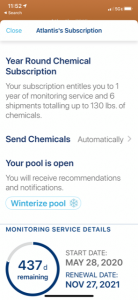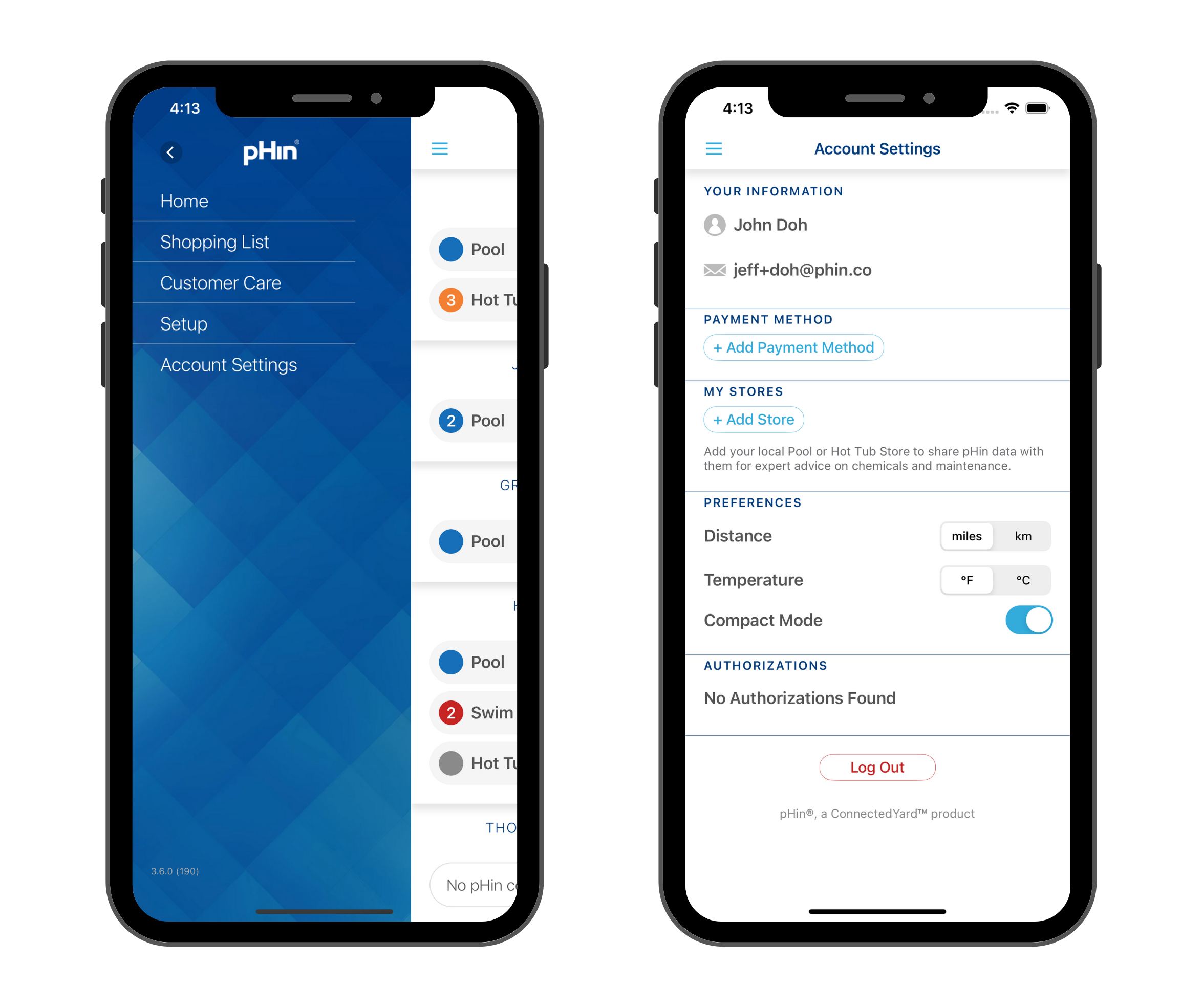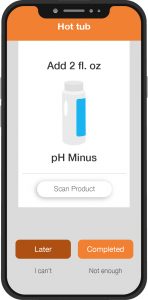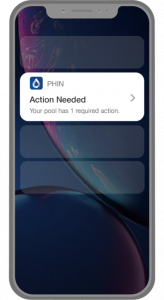
Are you looking to upgrade your backyard for entertaining and relaxing this winter? A hot tub or swim spa might be the perfect addition to your home!
Many homeowners assume hot tubs and swim spas are similar, but there are different benefits to each system. The pHin experts share factors to consider before deciding between a hot tub or a swim spa for your backyard oasis.
Purpose for Purchase
Are you looking for a new place to relax or a space to entertain and exercise? Hot tubs are designed with seating and jet placement for optimal relaxation and recovery. Whether you’re feeling stressed or you’re looking for muscle relief after a tough workout, hot tubs are a great place for practicing hydrotherapy. Soaking in warm hot tub water helps loosen tense muscles and stimulates blood supply to various organs in the body.
Swim spas, on the other hand, are more spacious and are a better fit for people who are looking for a place to exercise with more space to move around, you can even swim in a swim spa. Exercising in swim spa water has many benefits. The resistance from the water will result in more calories burned and aquatic exercises are low impact taking pressure off joints which is ideal for users recovering from an injury or are concerned about potential injury risk. Swim spas are larger than hot tubs making them a good spot for hosting a larger group of friends or family.
Location, Location, Location
Before you make a purchase, start planning the new home for your hot tub or swim spa. The space available inside or in your backyard can determine which system is the best for your home. Are you looking to put the system in the yard or on your deck? Hot tubs are more compact, they can fit on a deck or in a small yard, whereas swim spas are longer and require a larger area. For reference, most swim spas are around 180 inches long and 90 inches wide whereas the average size of a hot tub is about 84 inches long and 84 inches wide. You may also want to consider placement in terms of trees, to allocate enough space with the least amount of possible debris getting into the water.
Maintenance
Because they’re larger, swim spa maintenance is generally more complex than hot tub maintenance. Measuring, chemicals, and dosing can be a challenge but pHin is here to help! The pHin Smart Water Monitor floats in your hot tub or swim spa, measuring the water over 1,000 times per week If the water gets out of balance, pHin will notify you in the app and give you instructions to correct it. You could also ask pHin (or Alexa) for the temperature of your hot tub or swim spa water before heading out for a dip. Whether you’re maintaining hot tub or swim spa water, it can be frustrating when you go out for a post-workout soak or you’re prepping for a night with friends and the water isn’t at the right temperature. This pHin user shares how pHin helped him get his hot tub relaxation ready.
Budget
Once you have a set budget, consider the size of the vessel. Swim spas tend to be more expensive than hot tubs because they are generally larger in size with more features including swim current and high-powered jetting systems. Or, a basic hot tub might suit your needs, and can be more economical.
Before you purchase a new hot tub or swim spa, consider which system is the best solution for your family. Swim spas may suit a family who is looking for a place to get active, go for a swim, and entertain groups of family and friends and hot tubs are a good solution for those who want a place to relax and loosen muscle tension. Make the most of your swim spa or hot tub with the help of pHin.
The post Hot Tub or Swim Spa, What’s the Difference? appeared first on pHin.










